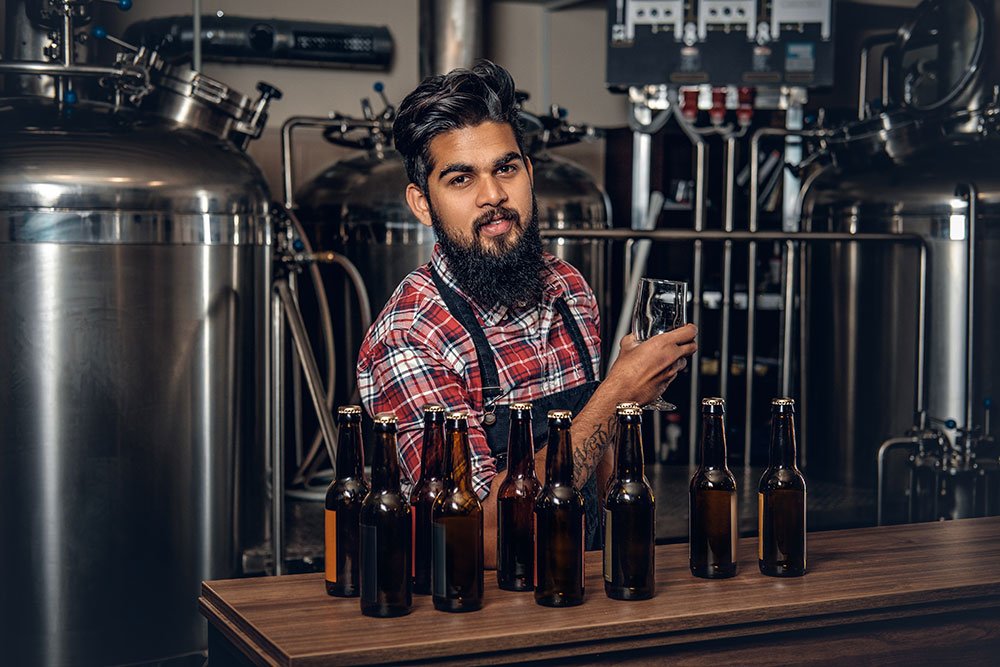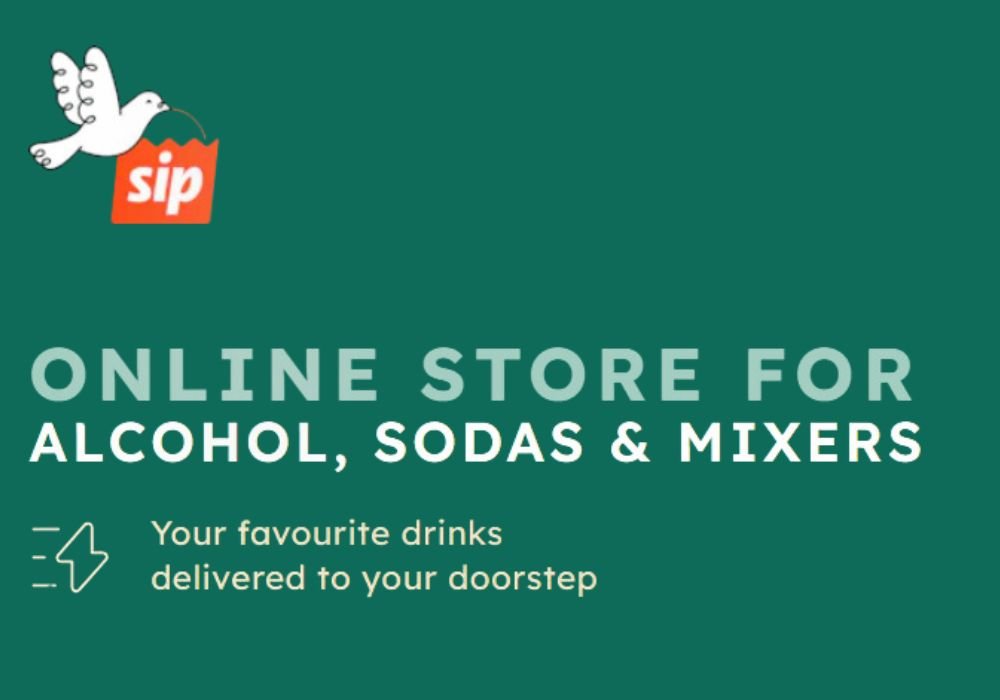A Laggard’s Tale: Can India Really Say Cheers To Beer?

A hot country. A huge alcohol market. A burgeoning, youthful middle class. India, by any standard, should be a country that reaches thirstily for a beer. But, the ground reality is starkly different.
At around 2 liters per capita, India is Asia’s lowest per capita beer consumer1 – lower than even Nepal or Malaysia. And certainly much lower than Cambodia or Laos, where a cold beer is available at every street-side corner, and signs for local brands like Beerlao and Angkor are visible everywhere. This, despite Kingfisher being one of India’s most well-known brands around the world and Cobra, selling like hot cakes in British curry shops claiming to be an Indian-style beer.
The Indian market: Stacked against beer
The market in India has inherent peculiarities that mitigate against beer. The first and foremost hurdle is a lack of societal approval for alcohol consumption in general. According to Gurpreet Singh, Co-Founder & Director, World of Brands and former Head of Marketing, United Breweries – Heineken, “Before asking whether liberalization has helped the alcobev industry grow, one has to understand that 65% of Indians have never touched alcohol. This has less bearing on economic reasons and even less on government policies.” In many Indian homes, a father and son (let alone mother and daughter) drinking together, or even within eyeshot of each other, is unthinkable. As a result, much of India drinks furtively, preferring an easily hidden quarter bottle of hard alcohol to bulky beer bottles. As Ishan Varshnei, CEO of Latambarcem Brewers, makers of Maka Di beer, says, “Liquor is inherently cheaper and is easier to carry, making it a preferred option for Indian youngsters.”
“Before asking whether liberalization has helped the alcobev industry grow, one has to understand that 65% of Indians have never touched alcohol. This has less bearing on economic reasons and even less on government policies.” – Gurpreet Singh, Co-Founder & Director, World of Brands

This disapproval has a cascading effect on other aspects of the beer industry. Much of the beer consumed today is of the ‘strong’ variety because of the bang-for-the-buck factor. “The sad truth”, says Varshnei, “is that the mass base of beer-drinkers is indifferent if a beer tastes good.” Societal factors also pressure governments to impose high taxes and regulations on where beer can be sold. Further, the market is fragmented across states, with different states mandating different manufacturing, importation, retail restrictions, and taxation policies. Ishwaraj Bhatia, Co-Founder & COO, Simba Craft Beer, says, “It is easier for me to supply my beer to another country than to another state.”
“It is easier for me to supply my beer to another country than to another state.” – Ishwaraj Bhatia, Co-Founder & COO, Simba Craft Beer
Yet another consequence of societal mores is that alcohol advertising is primarily banned in India, except at the point of sale. This makes brand promotion extremely difficult, especially for newer entrants. Therefore, large, established brands rule the roost, with little incentive to expand the market. The acceptance of bulk-brewed beer discourages the adoption of new beer styles.
Bringing back the fizz: Expanding the market
So, what can be done to increase the appeal of beer among Indian consumers? Industry experts agree that there’s no single silver bullet to hit this target. But they broadly agree that the following areas need to be addressed, both by companies and the industry.
Industry – Government Interaction
It’s a popular notion that governments are, by and large, anti-alcohol. However, it is also a fact that excise is a considerable contributor to the exchequer for most governments. Singh estimates that around 1.5% of the Indian GDP comes from the alcohol business – not a small figure at all. But, the industry has to understand that governments have to balance their need for income with public sentiment and competing political pressures. Dialogue, therefore, is imperative. As Singh says, “It’s up to brand owners to be able to talk to governments on a more regular basis. They need to invest in Corporate Affairs to systematically and strategically interact with policymakers to arrive at policies that benefit the alcobev industry without shaking the political applecart.”
That said, progressive and sensible governments have been able to promote measures to grow the beer segment judiciously. Relaxed retail norms in some states now allow stores and supermarkets of a certain size to stock wine and beer. Other states have experimented with specific (and cheaper) licenses for bars and restaurants that wish to serve only low-alcohol products. Ishwar (CEO, Simba Breweries) states, “Many excise authorities have started listening to brands, as well as looking to progressive states to see how they can evolve similarly”. It is up to industry bodies and companies to take this further and demonstrate to governments that such measures would help them maximize their fiscal benefits.
Individual Brand Efforts
Beer has and continues to be an experiential product. But, while more prominent brands have relied heavily on experiential marketing, they tend not to innovate too much as they already control most of the market.
What could turn the tide for upcoming players, besides growing the market, are changing tastes and lifestyles. While most large Indian brands still primarily produce bitter beer across Asia, the trend is shifting towards lighter, sweeter beers. Innovation in varieties needs to keep pace with these new trends.

“We surveyed over 5,000 consumers and mapped out their palates to different types of beer. We then specifically brought beers that appeal to the Indian palate. Our Belgian Tripel is a strong, sweet beer that is our top-selling beer because it perfectly matches the Indian palate” says Varshnei. Singh has a further insight. “Women” he says “tend to drink ales and wheat beers, primarily because they are fresher, sweeter and less bitter.”
Retail-end Innovation
The need for innovation and a better experience also extends to an essential part of the beer industry – retail. Given that alcohol advertising is severely restricted, the retail segment (both stores and F&B outlets) is a space where newer brands can shine.
A significant change is that retail outlets are moving from over-the-counter stores to supermarket formats. This gives the customer better power to choose, as they can browse all the available brands rather than ask a busy store owner what is in stock. That’s important from a market point of view because newer beer variants encourage consumers to experiment.

Sam Chandy, the former CEO of retail chain Sling Spirits, states “The supermarket format has brought about a sea change in our beer sales pattern. We’ve seen rapid growth in smaller, niche beer brands, with more youthful branding, because they stand out and have a clear positioning which the customer can instantly grasp.” The format is also convenient for people who usually shy away from regular liquor stores. Singh adds, “The supermarket format has a significant advantage in that women, who would never visit a vendor, can now feel safe buying alcohol of their choice. Since beer is more appealing to them than spirits, it’s only natural for beer to have an advantage vis-a-vis other alcobev categories.”
“The supermarket format has brought about a sea change in our beer sales pattern. We’ve seen rapid growth in smaller, niche beer brands, with more youthful branding, because they stand out and have a clear positioning which the customer can instantly grasp.” – Sam Chandy, former CEO, Sling Spirits
The F&B segment also has ample space for Innovation. As pointed out by Varshnei, “Someone who buys six beers and drinks them alone at home is seen differently as opposed to someone who goes out to have an experience and drinks the same amount. Events and experiences are therefore essential for their success.” That said, investments in microbreweries have been increasing. Rod Vallis, Co-founder of Australian craft brewing company GooRoo Brewing, states, “I’d say there’s a lot more money invested in the ambiance and decor of Indian microbreweries. Bangalore has some stunning brewpubs, with similarities in their designs – a lot different from Australian brewpubs in look and feel.”
“I’d say there’s a lot more money invested in the ambiance and decor of Indian microbreweries. Bangalore has some stunning brewpubs, with similarities in their designs – a lot different from Australian brewpubs in look and feel.” – Rod Vallis, Co-founder, GooRoo Brewing
It should also be a priority for the beer industry to convince governments to promote beer-only bar permits (like in Maharashtra and Karnataka) to encourage the consumption of low-alcohol beverages in India. These permits are typically much cheaper to obtain and will provide the accessibility that the beer industry finds lacking.

“Someone who buys six beers and drinks them alone at home is seen differently as opposed to someone who goes out to have an experience and drinks the same amount. Events and experiences are therefore essential for their success.” – Ishan Varshnei, Co-founder, Latambarcem Brewers & Maka di
Lastly, to grow the beer category as a whole, progressive governments can take a leaf out of their counterparts that allowed microbreweries to offer takeaways in growlers during the Covid lockdowns. A case in point is the US, where the ability to buy niche beers from microbreweries led to the craft beer segment growing to 15-16% of the industry, as opposed to India, where it’s just around 1 to 2%. Given that microbreweries are places where people tend to experiment, this would allow them to enjoy their favorite beers at home and refine their palates, leading to further adoption and sales.
In Conclusion
Can India make a U-turn on how it consumes beer? The Indian beer industry may lag behind its counterparts in other countries but faces an exciting future. Urbanization, migration, relaxed social mores, new brands with a wide variety of beers and changing retail formats are all advantageous in making Indians drink more beer. Industry coordination, innovation, and dedicated Corporate Affairs management all have vital roles in opening the taps for Indians to get their hands on a variety of affordable, tasty beers with various experiences. Cheers to that!
Source:
[1] Wikipedia



